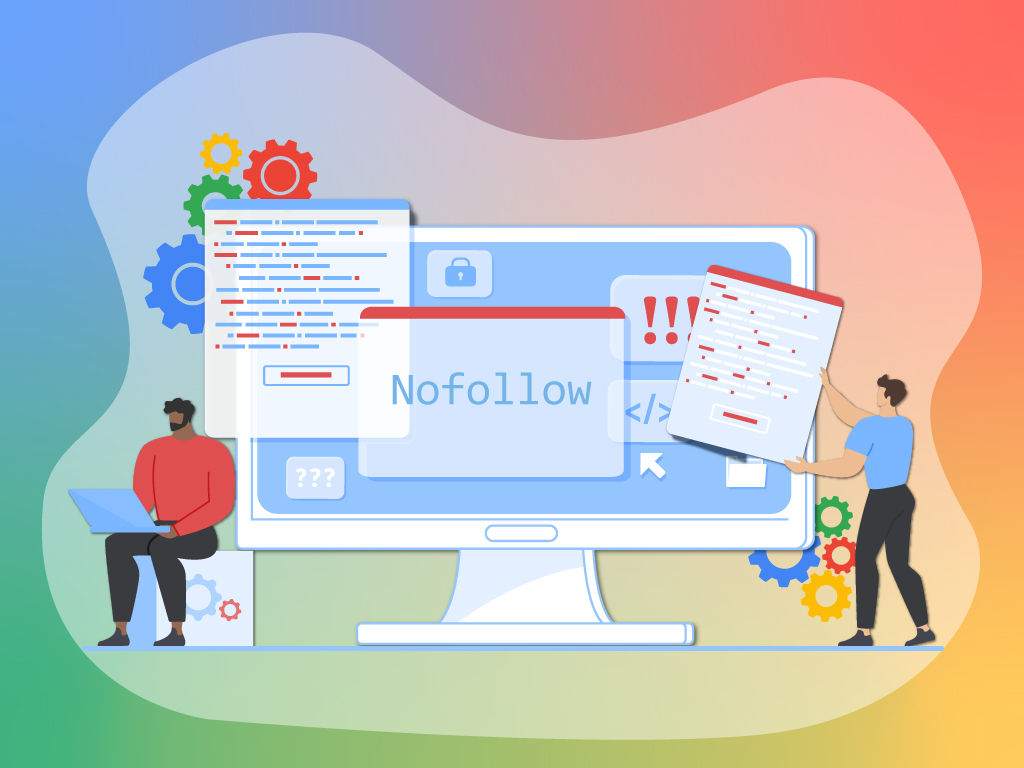Google Finally Rolls Out the March Nofollow Update
September 10, 2019 was the date when Google announced that they will be making changes to the “nofollow” link attribute and also release two new kinds of link attributes that are rel=”sponsored” and rel=”ugc”. This update caused uproar in the SEO industry since the nofollow link attribute was introduced way back in 2005 and was only changed after 14 years. The two new link attributes were released when the news was announced but the nofollow link attribute update was due to be released on March 1, 2020. So, what exactly does this update entail and how can we adapt?
Nofollow Link Attribute Update
![]()
When the nofollow link attribute was released in 2005, its primary purpose was to fight against website comment spam and to discredit or devalue paid links. This was a revolutionary update and it also made the dofollow link attribute the superstar of link building. Consequently, the nofollow attribute was used to deny the linked page of any link juice or value that could have been transferred from your website. This has been the practice for over 14 years and all SEOs and webmasters used this to avoid sharing their hard-earned link juice and value to other low-quality websites.
The Nofollow update that was officially rolled out a few days ago and this will lead to changes in how Google crawls and indexes the nofollow links. This is a major change in how they treat the nofollow link since they previously regarded it as a directive. This means that Googlebot always obeyed the nofollow link attribute and did not crawl or index the linked page.
However, last March 1, Google changed the way they treat the nofollow link attribute. They will not treat it as a directive anymore but will take as more of a hint for crawling and indexing. The primary reason why they did this is that through following the nofollow directive, they lose the valuable information that the nofollow link contains. If they treat it as more of a hint, they could use the context of the nofollow link to improve search by deepening their understanding of the anchor texts and how that relates to the linked page. Here’s Google’s full statement:
“Why not completely ignore such links, as had been the case with nofollow? Links contain valuable information that can help us improve search, such as how the words within links describe the content they point at. Looking at all the links we encounter can also help us better understand unnatural linking patterns. By shifting to a hint model, we no longer lose this important information, while still allowing site owners to indicate that some links shouldn’t be given the weight of a first-party endorsement.”
Nofollow Best Practices and Impact on Search
Should you update your nofollow links? Not necessarily. If your nofollow links are more related to UGC and sponsored links then I would suggest you change it. However, if it’s just a normal nofollow link, then you probably shouldn’t change it.
There are also instances where webmasters use the nofollow link to block Google from crawling and indexing the linked page – this is not a good practice. There’s the noindex meta robots tag for that. But when you’re using the nofollow link attribute to avoid Googlebot to go to pages that are irrelevant to the users such as CMS login pages, the user or author profiles, and other pages that have thin content, then you can retain the nofollow link attribute for them. To summarize:
- If your purpose for using the nofollow link attribute is to stop Googlebot from crawling or indexing a page, use the Noindex meta tag instead.
- Use nofollow for irrelevant links such as login pages, pages that have thin content, or any other pages that Google doesn’t need to see.
- The most natural link profile has a balance between dofollow and nofollow links.
Is it a ranking factor?
Based on the data we tested and the chatter we see in the industry, there are no results that indicate that this leads to an increase or decrease in rankings. However, it’s difficult to predict how Google will use this update in the future since it’s too early to tell.
Additionally, the term used by Google is “hint” which means that they’re the ones that decide whether to crawl and index the linked page or not. So, it’s not unlikely that they’ll release a set of guidelines on how they treat nofollow links.
Key Takeaway
Just to be clear, the update that was rolled out last March 1 was the crawling and indexing update to the Nofollow link attribute. So, far that is the only change they made to the nofollow link.
Will this affect rankings? It’s inconclusive. Will this affect how Googlebot crawls and indexes websites? Absolutely. We’ll continue experimenting with this update and we’ll let you know soon enough about the results. What about you? What do you think about this update? Comment it down below and let’s talk!
